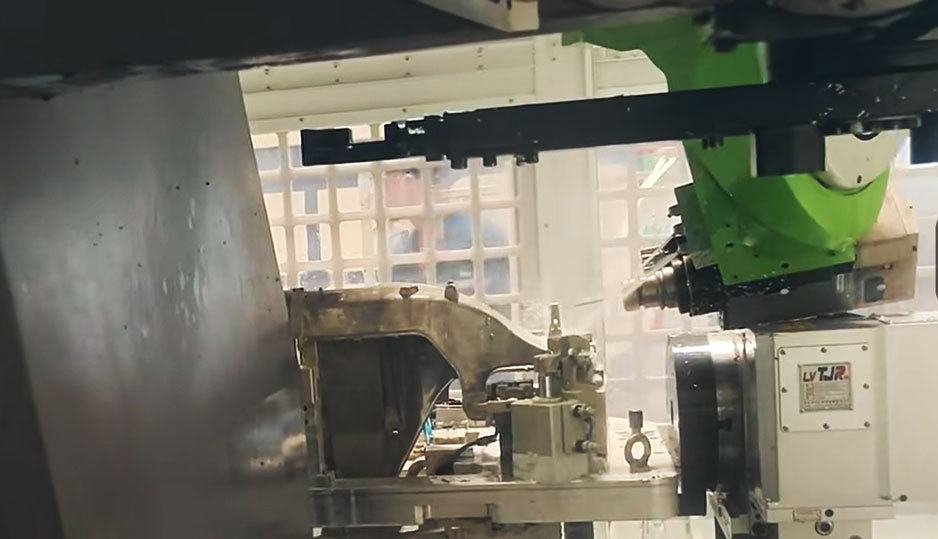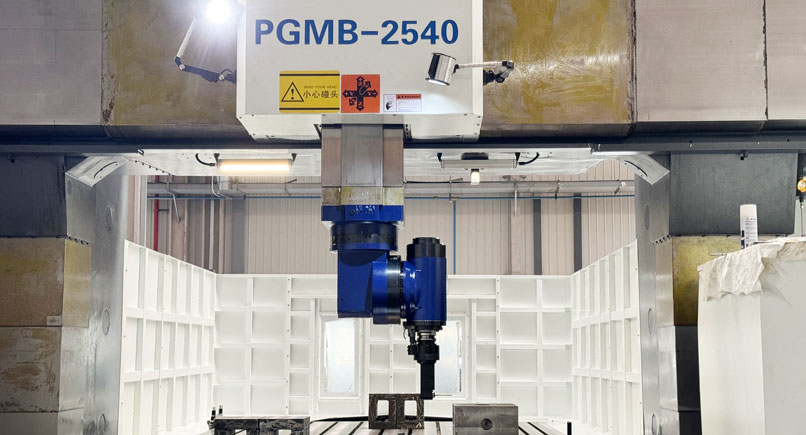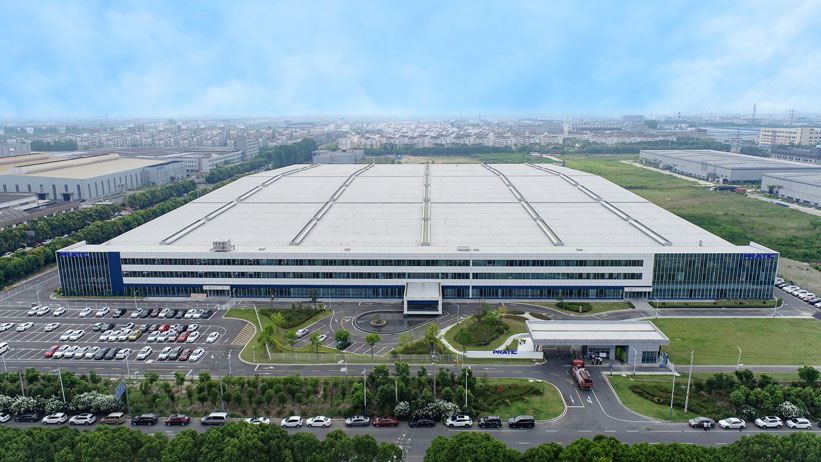Profile Machining Centers: Technologies and Future Trends
August 11, 2025
1. Overview and Industry Positioning of
Profile Machining Centers
As an important branch of the CNC machine
tool field, profile machining centers are specialized
integrated equipment designed for efficient and precise machining of metal
profiles (such as aluminum profiles, steel profiles, etc.). Compared with
traditional universal machining centers, profile machining centers feature
longer machining strokes, stronger structural rigidity, and more specialized
machining capabilities, meeting the high-efficiency processing demands for
large, complex profile components in industries such as rail transportation,
aerospace, and automotive manufacturing.
Profile machining centers are gradually evolving from single-purpose machining equipment
to intelligent manufacturing units. By integrating automated loading/unloading
systems, online inspection devices, and intelligent management systems,
modern profile machining centers have become a critical
component of digital factories, providing key technical support for
manufacturing enterprises to enhance quality and efficiency.
2. Core Technical Features of Profile
Machining Centers
1. Specialized Structural Design
Modern profile machining centers employ
various innovative structural forms:
- Gantry-moving structure: Suitable
for extra-long profile machining, saving floor space.
- Dual-worktable design: Enables
parallel processing and loading/unloading operations, improving equipment
utilization.
- High-rigidity bed: Constructed from
high-quality cast iron or welded steel with reinforced rib designs to
ensure machining stability.
2. Multi-functional Machining
Capabilities
A modern profile machining center can
integrate multiple machining functions:
- Milling: Surface milling, contour
milling, cavity milling, etc.
- Hole machining: Drilling, reaming,
boring, etc.
- Thread machining: Tapping, thread
milling, etc.
- Cutting: Sawing, milling, and other
profile cutting functions.
3. Intelligent Control Systems
- High-performance CNC systems supporting five-axis simultaneous
machining.
- Equipped with adaptive control systems to adjust parameters in
real-time based on machining conditions.
- Integrated remote monitoring for visual management of equipment
status and predictive maintenance.
3. Main Application Fields of Profile
Machining Centers
1. Rail Transportation Industry
- Machining of large aluminum profile frames for high-speed
rail/subway carriages.
- Precision machining of structural components such as roof beams
and sidewall columns.
- Machining of bogie components with accuracy requirements within
±0.01mm.
2. Aerospace Sector
- Machining of aircraft skins, wing spars, and other aviation
aluminum materials.
- High-precision milling of spacecraft structural components.
- Special machining of difficult-to-machine materials like
titanium alloys.
3. Automotive Manufacturing
- Machining of battery trays for new energy vehicles.
- Integrated forming and machining of vehicle body structural
components.
- Machining of parts such as bumpers and instrument panel
brackets.
4. Architectural Decoration Industry
- Precision machining of curtain wall aluminum profiles.
- Milling and hole-cutting for door/window system profiles.
- Complex shaping of decorative trim components.
4. Key Considerations for Selecting
Profile Machining Centers
When purchasing a profile machining
center, enterprises should focus on the following factors:
- Workpiece characteristics:
Including material, cross-sectional dimensions, length range, etc.
- Accuracy requirements: Select the
appropriate precision grade based on product tolerance needs.
- Production efficiency: Evaluate
metrics such as cutting efficiency and tool-changing time.
- Automation level: Assess the need
for additional functions like automatic loading/unloading or online
measurement.
- Scalability: Consider future
technical upgrades and functional expansions.
5. Development Trends in Profile
Machining Technology
1. Toward Higher Efficiency
- Spindle speeds exceeding 20,000 rpm.
- Rapid traverse speeds reaching 60 m/min or higher.
- Tool-changing times reduced to under 1 second.
2. Toward Greater Intelligence
- Big data-based optimization of machining parameters.
- Automatic tool wear detection and compensation.
- Online prediction and adjustment of machining quality.
- Intelligent monitoring and management of energy consumption.
3. Toward Greater Flexibility
- Modular designs enabling quick changeovers.
- Rapid response to small-batch, multi-variety production.
With the continuous emergence of new
materials and processes, profile machining centers are
undergoing profound technological transformations. In the future, profile
machining technology will advance toward higher precision, greater efficiency,
and enhanced intelligence, providing robust equipment support for the
transformation and upgrading of the manufacturing industry.
For manufacturing enterprises, selecting the right profile machining center and fully leveraging its performance advantages will become a critical pathway to enhancing core competitiveness. It is recommended that enterprises consider future development trends during equipment selection and process planning, opting for technologically forward-looking solutions to lay a solid foundation for long-term growth.



